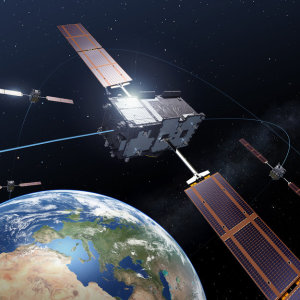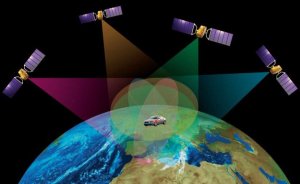The European GNSS Agency (GSA) and the European Commission invite you to attend the third annual European Space Solutions conference schedule for 11 – 13 June in Prague.
Business leaders, research professionals, European officials and application developers will gather together to discuss the impact space has on the lives of people across Europe and around the globe. The three day conference will take place at the Prague Conference Centre and will be accompanied by the travelling European Space Expo, an interactive exhibition showcasing the many benefits of such EU space programmes as EGNOS and Galileo. Read more…



